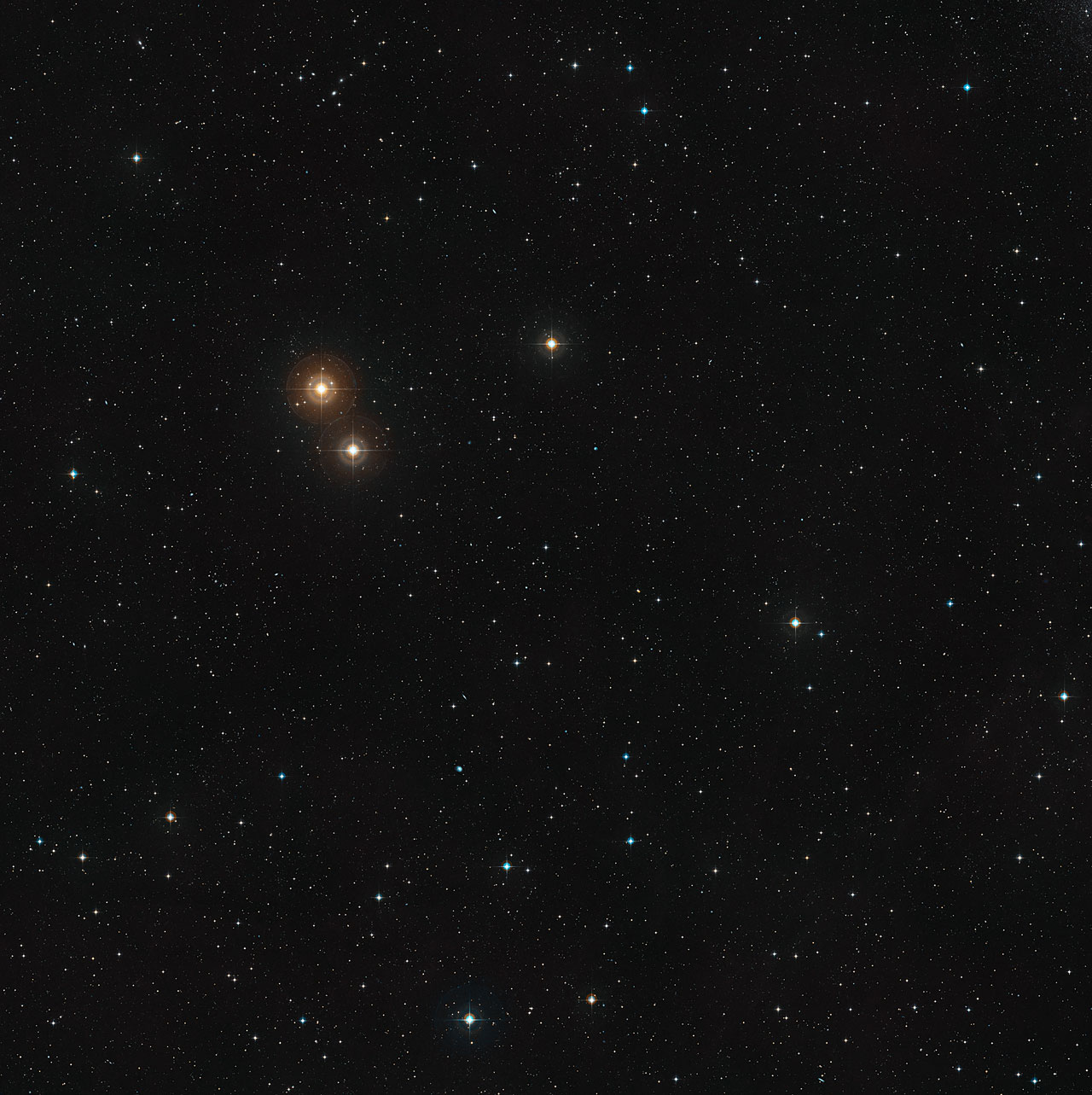It has been a long time since I last blogged for Pollyanna and
I hope you enjoyed the respite. We are approaching the end of
this disgusting year and I think this is a good time to return
to the blogosphere with some optimism.. We can start with some heavenly delights from Bosch.
In the spirit of optimism as the New Year approaches, I would like to call your attention to the many apocalyptic predictions made over the centuries that the end of the world was at hand. Obviously that has not happened so let us all keep a stiff upper lip and slog on. In my other blog, I detail the ghastly things that happen. Let us here concentrate on some good things.
Since the world has not ended, it is interesting to note that it may have ended and rebooted many times in the past and the universe as we know it is just one in a series of Big Bangs
Dark circles indicate regions in space where the cosmic microwave background has temperature variations that are lower than average. The features hint that the universe was born long before the Big Bang 13.7 billion years ago and had undergone myriad cycles of birth and death before that time. . This is a proposed interpretation of radio astronomy data that I find intriguing. The jury is still out on this hypothesis, so stay tuned.
 In the meantime, the Large Hadron Collider has been making little bangs with interesting results. There have been the usual crackpot rants that this will make a black hole and devour the universe. Instead we are getting exciting results including trapped antihydrogen. Physicists at CERN have taken a big step towards making the first spectroscopic measurements on a beam of antihydrogen atoms. The antihydrogen atoms, which consist of an antielectron orbiting an antiproton, were made by members of the lab's ASACUSA group. The beams could be used to carry out the first detailed studies of the energy levels in antihydrogen. The antihydrogen is on the cusp. For details of this fascinating result, go to the blog at Physics World.
In the meantime, the Large Hadron Collider has been making little bangs with interesting results. There have been the usual crackpot rants that this will make a black hole and devour the universe. Instead we are getting exciting results including trapped antihydrogen. Physicists at CERN have taken a big step towards making the first spectroscopic measurements on a beam of antihydrogen atoms. The antihydrogen atoms, which consist of an antielectron orbiting an antiproton, were made by members of the lab's ASACUSA group. The beams could be used to carry out the first detailed studies of the energy levels in antihydrogen. The antihydrogen is on the cusp. For details of this fascinating result, go to the blog at Physics World.I am proud to know two people who are involved in this research, Katia Gomboroff and Jon Wurtele.
Apropos black holes, a laboratory analogue has been developed by a Canadian group using nothing more exotic than water. It generates a white hole, i.e. something that excludes rather than sucks in and can provide an acoustic analogue to Hawking radiation that is supposed to be emitted by black hole escapees. The real radiation from astrophysical black holes is too weak to detect at cosmic distances, which makes the analogues important.
 |
| A black hole escapee Particle-antiparticle pairs pop in and out of existence at a black hole’s edge. If one particle falls in, the other can fly away as Hawking radiation |
 |
| Visible light view of the star |
Odd things are happening in physics, in the cosmos and in the lab. One of the weirdest set of phenomena is associated with entanglement and totally counter intuitive things in modern quantum physics. I refer anyone interested to the November 20 Science News which devotes a section to articles on spooky topics.
Let us wind up with something exciting from biology. It is claimed that bacteria found in Mono Lake in California substitute arsenic for phosphorus in their complement of elements necessary for life along with carbon, oxygen, nitrogen, hydrogen and sulfur.
 | |||
| The researcher in action. |
Let us wind up with some Walter Mitty fantasy from our hero Gene Weingarten. Pocketa peep....




No comments:
Post a Comment